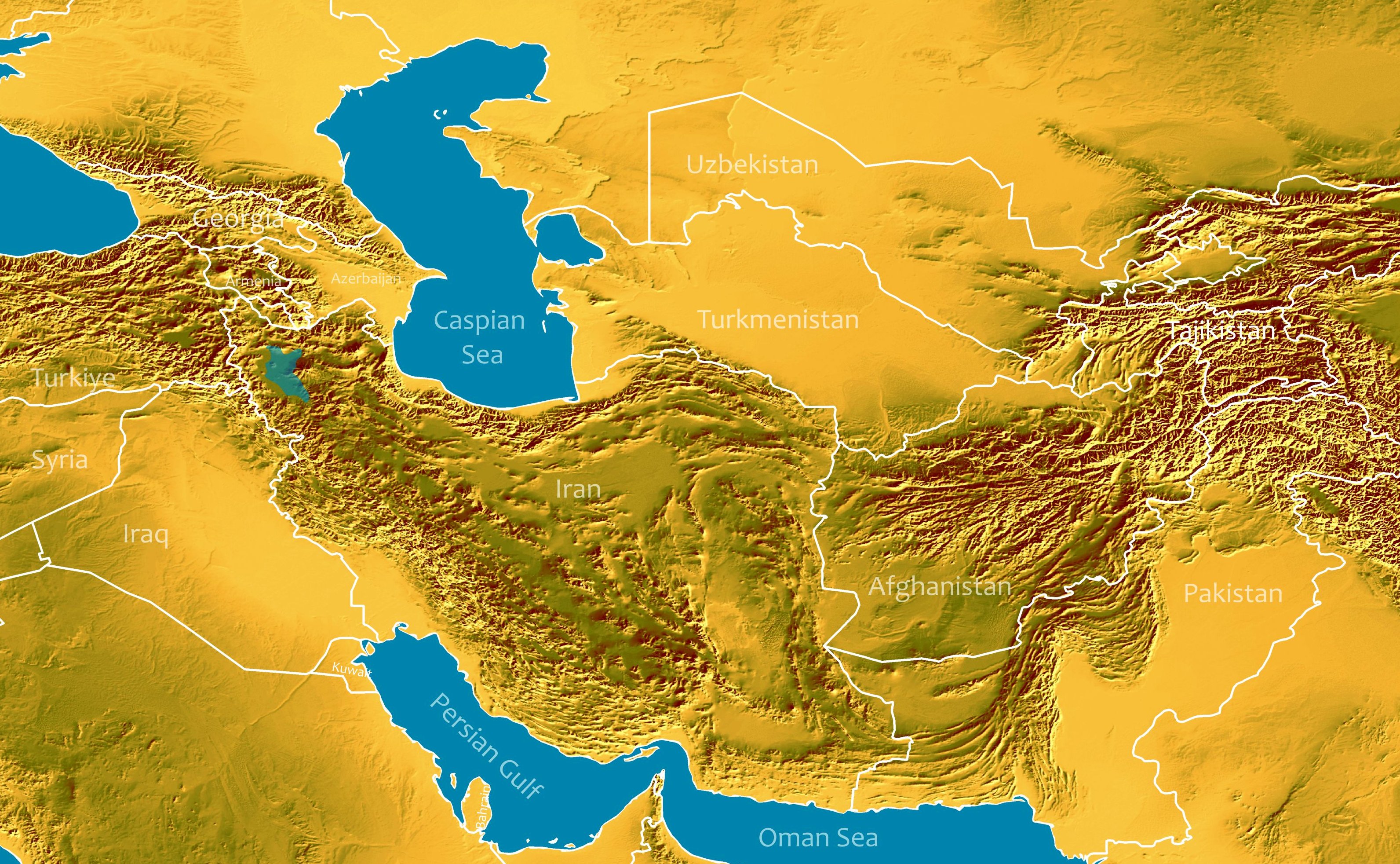Tappeh Khanileh: New Evidence of Chalcolithic and Early Historic Occupations from Northwest of the Kermanshah Plain, Central Zagros
Main Article Content
چکیده
Tappeh Khanileh is located six kilometers to the southwest of Ravansar and approximately 56 kilometers to the northwest of Kermanshah. The presence of nearby natural springs and its commanding view over the plain attracted people to Khanilehbeginning in the Chalcolithic period and through the Bronze, Iron, Historic and Islamic periods. There are two mounds, a possible cemetery, and a destroyed mound surrounding the modern village of Khanileh. Of these, the largest is a mound located west of the village with an archaeological sequence stretching from the Chalcolithic to the Iron Age. The site was located and sampled by F. Biglari in 1984 and later re-surveyed by Y. Hassanzadeh in 2004. TL dating of a number of sherds from the 2004 sample has revealed two groups of dates: 4th millennium BC and 1st millennium BC. There is also a low mound with a Parthian occupation south of the village called Tappeh Bava, which was surveyed but not sampled. Local inhabitants found two glazed short-necked jars of Neo-Assyrian type dating back to around the 7th century BC during leveling of the ruins of the Khanileh village, which was abandoned in recent years. The discovery of these glazed jars and some sherds with similar age have indicated the presence of a cemetery or a village during the first half of the 1st millennium BC at Khanileh.
Article Details

این پروژه تحت مجوز بین المللی Creative Commons Attribution-NonCommercial-NoDerivatives 4.0 می باشد.

